What are Kremlin activists using to analyze vote data?
https://github.com/blackant/benfords-law
Hmm, tried it out and it looks okay…
https://github.com/jywarren/benfords-law (with added data)
Set up a mirror site with my data (until testingbenfordslaw.com updates): http://benfords-law.unterbahn.com/
It appears that Benford’s Law has been challenged as a means of detecting vote fraud: http://www.vote.caltech.edu/drupal/node/327 (thanks, Andrew!)
03/09/2010 – Joseph Deckert, University of Oregon, Mikhail Myagkov, University of Oregon. Peter C. Ordeshook, Caltech
With increasing frequency websites appear to argue that the application of Benford’s Law – a prediction as to the observed frequency of numbers in the first and second digits of official election returns — establishes fraud in this or that election. However, looking at data from Ohio, Massachusetts and Ukraine, as well as data artificially generated by a series of simulations, we argue here that Benford’s Law is essentially useless as a forensic indicator of fraud. Deviations from either the first or second digit version of that law can arise regardless of whether an election is free and fair. In fact, fraud can move data in the direction of satisfying that law and thereby occasion wholly erroneous conclusions.


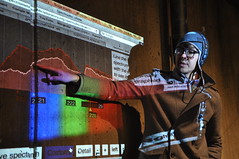
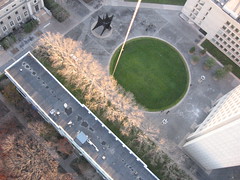
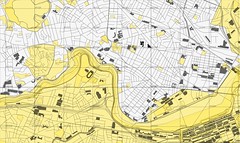
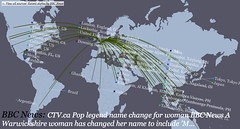



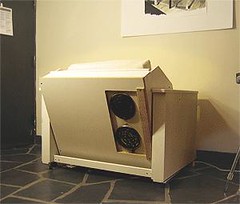
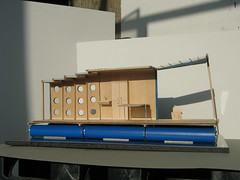
February 6th, 2012 at 1:08 pm
Sweet site, super style and design , very clean and use friendly .
February 9th, 2013 at 12:01 pm
pdf…
[...]k Its actually a great and helpful piece of information. Im glad that you jus or[...]…